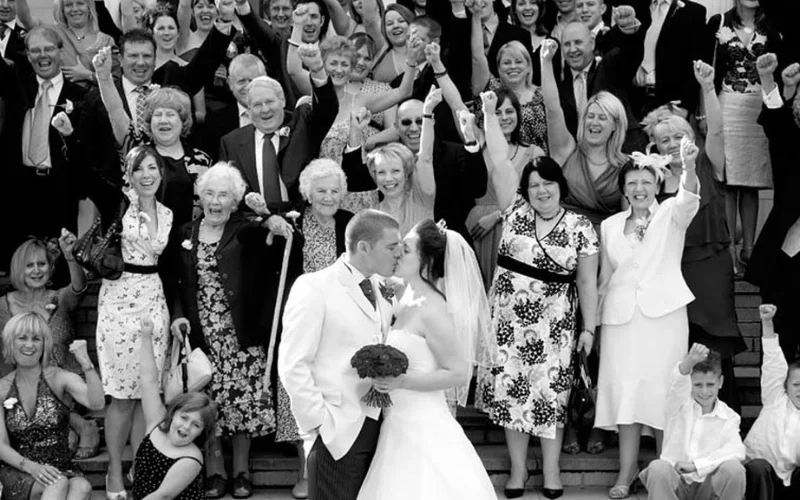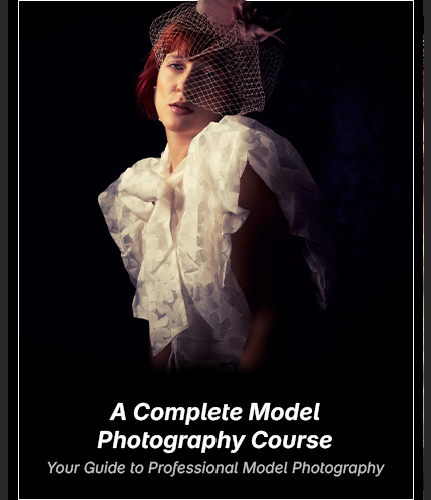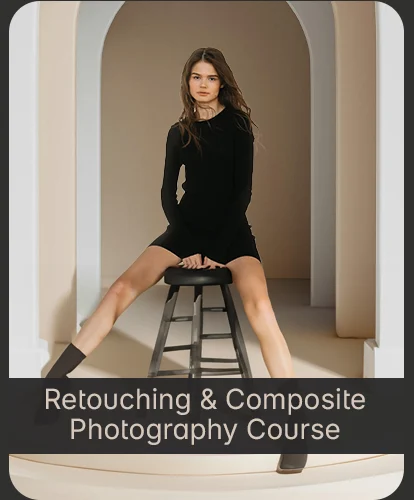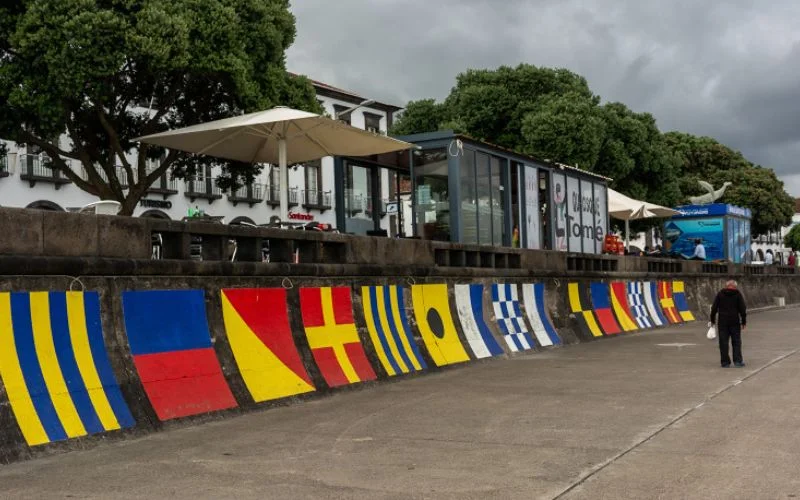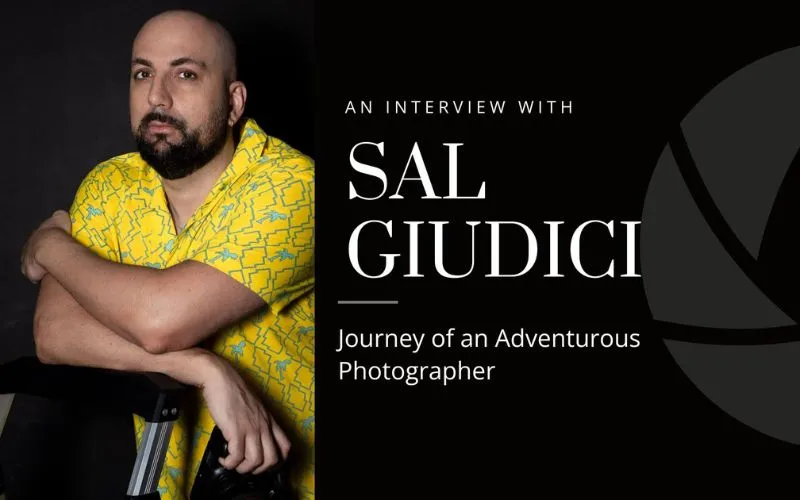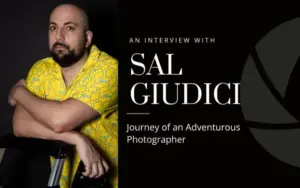Enjoying what you do for a living is a privilege that only a few people enjoy, and professional portrait photographer Bernie Raffe is one of them. He left his corporate job at the rather interesting age of 51 to pursue his passion for portrait photography.
He later started a portrait photography studio with his wife Jane and has had quite the career since. Apart from pursuing his love for photography he has also contributed to teaching the skills via various mediums including his website.
He offers various courses and other resources on his website becomeabetterphotographer.co.uk. Read ahead as we pick his brilliant brain and take a journey through his spectacular career as a photographer.

Q1. How did you get into photography?
Ans: My parents bought me a Kodak Brownie 127 in 1963 aged 11 (essentially a piece of cheap plastic!). That got me started, and I remained a keen amateur until, aged 51, I decided to give up the corporate world (I was a software developer) and set up a portrait studio with my wife, Jane.
Gain more knowledge about various photography genres in these insightful photography interviews.
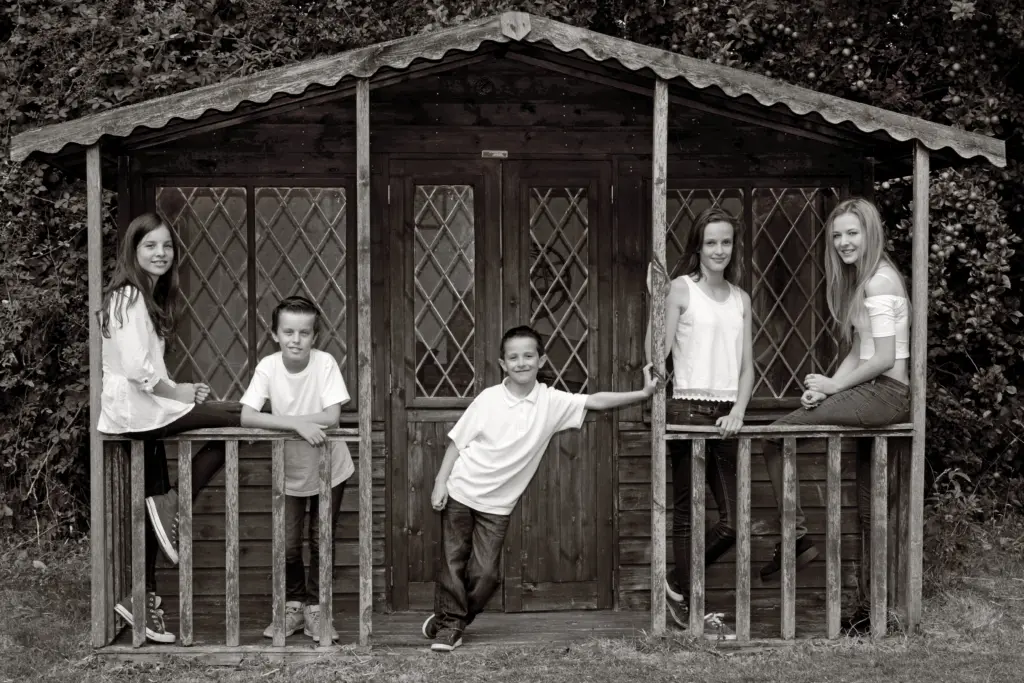
Q2. How would you describe your style of photography?
Ans:
As you can see from the photos, the best word would be ‘varied’!
I tend to prefer funky and happy photos with people in them, I learnt to get great expressions from people (even if I ended up looking a bit silly myself) . Check out this video I made about getting great expressions.
I preferred the reportage style of photography for my weddings rather than obviously posed shots, but that’s not always possible, so my photography evolved to get natural looking relaxed photos even though some of them were staged. You can check out my wedding photography course.
For family portraits my style evolved to get happy, well posed photos with good expressions. I think posing is one of the hardest aspects of family portraits and takes a lot of practice to get right. Consider the photo on this page with 12 people and the baby, just imagine 12 people standing in front of you wanting you to take a nice photo of them. That’s a lot of people and it would be very quick and easy just to line them up in rows and start shooting. I’m very proud of this photo, the natural expressions and the great autumn light, but it’s the diagonal shape that they make with the posing, youngsters in front on the ground, others kneeling and some standing at the sides that give it that great shape and I was more than happy with the result. Here’s my posing course.
By the way, all my photos were taken in landscape orientation, even individual portraits. I liked the calming look of negative space but more importantly it is much easier to show the context of a subject in landscape orientation, and that helped to create a certain style for my photos. I know many people will disagree with that concept, but it’s my opinion and i’m sticking to it!! Obviously landscape orientation images can be easily cropped to portrait orientation if you change your mind afterwards, but not the other way around. Here’s a video by me on Landscape vs Portrait orientation.

Q3. Which is your favorite photoshoot? Tell us more about it.
Ans:
As a wedding and professional portrait photographer, I loved meeting new people and seeing their faces when they viewed their images. So I enjoyed all of my photo sessions, however there is one that always brings a smile to my face when I think back.
It was a studio session for a couple and their 14-year-old son who made it pretty obvious from the start that he’d been dragged along kicking and screaming and didn’t want to be there. Once in the studio, he turned around to face the wall and so had his back to me, his parents were begging him to behave… ‘Oh come on, you promised you’d be ok’, ‘Please turn around’, ‘It’s only for a few minutes, do it for us’ etc… that’s how the conversation went. I just stayed quiet in the hope that the boy would see sense, nothing else I could do. Eventually he turned round but kept trying to cover his face with his hands. I then picked up a soft monkey puppet that we used to amuse the kids, and threw it at him quite hard. It hit him in the face and he laughed, and I quickly got one shot off before he put his hands back. That was the end of the session.
We used to invite people back for a viewing where we would show them 20 or 30 images and they would choose their favourites, but this family only had one photo to view! They loved it and purchased a large framed photo. This happened some years ago, I think if I threw something at a customer now, I’d probably get arrested!
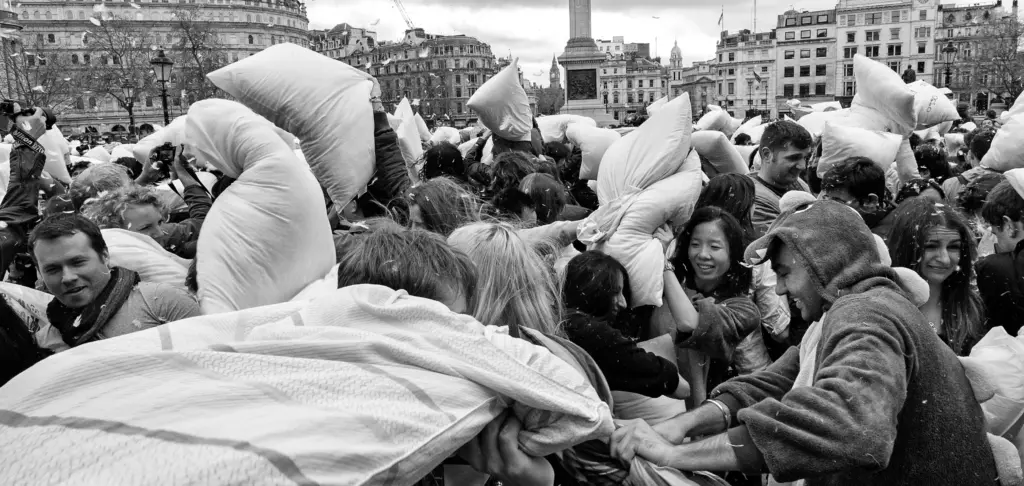
Q4. 5 tips you would give a beginner photographer?
Ans: I think the best advice would be not to get hung up on the gear, as all of the current crop of cameras and lenses will produce great results. Better to spend your money on learning the craft of photography, i.e books, seminars, workshops, Youtube tutorials etc…. A good understanding of light, composition and posing will do far more to improve your photography than a whole bag full of cameras, lenses and accessories.

Q5. Looking back, if not photography, what other profession do you think you’d prefer?
Ans: Family portrait and wedding photography was a lovely career, meeting and chatting to people, being part of a couple’s special day at their wedding, and taking photos that they loved to create special memories.
I enjoyed being self-employed rather than working for somebody else, so I think any job where I was working for myself and helping people would be great. Perhaps, a therapist, chiropractor, or if I were to be employed then maybe a teacher or medical professional.

Q6. What do you think is the most important quality a photographer should have?
Ans: Well that depends a lot on the type of photography, obviously you have to know your gear, and have all of the technical details down pat. But for portrait photography you need a confident personality and able to make your subjects feel at ease. Also you need to be a good listener to make sure you understand their requirements.
To build a successful photography business, sales and marketing play a very important part. Without those skills or or without employing someone with those skills, the business will fail.

Q7. If you could give your 20 year old self some advice, what would it be?
Ans:
Photography
The world is changing very fast around you, document your family, your loved ones and the areas where you grew up, shops, streets, pople and the environment. I wish I had done those things, do it and you’ll be thankful for those photos when you’re my age..
Personal
Speak more to your parents and grandparents, tell them you love them and learn about their early lives. They won’t be around forever.
Financially
Buy Microsoft and Amazon shares, and when you first hear about the internet, register the domain name sex.com (then sell it for millions!)

Q8. Give 3 of your top posing tips:
Ans:
- The less you see of your subject, the easier it is to pose them.
- It’s easier to pose people when they’re seated.
- ‘Expression over perfection’ No matter how great a pose, if the subjects don’t like their expressions, they will not like their photos

Q9. What do you think are the challenges in the photography industry today as compared to when you started out?
Ans: Again that depends on the type of photography and whether you want to stay as an amateur or go professional. With the proliferation of smartphones, I would say it is harder now to run a successful family photography business.
Also, I think AI poses a serious threat to the professional portrait photographer, maybe not now but in years to come.

Q10. What are your thoughts on the emergence of Artificial Intelligence tools and their impact on the photography industry?
Ans: As I said in the previous answer, AI worries me, and I think many jobs will be lost. In particular, the results I’ve seen from AI-generated photos make me fearful for future generations of pro photographers. Why pay for the time and experience of a photographer when the photos can be generated at the click of a button… who knows?
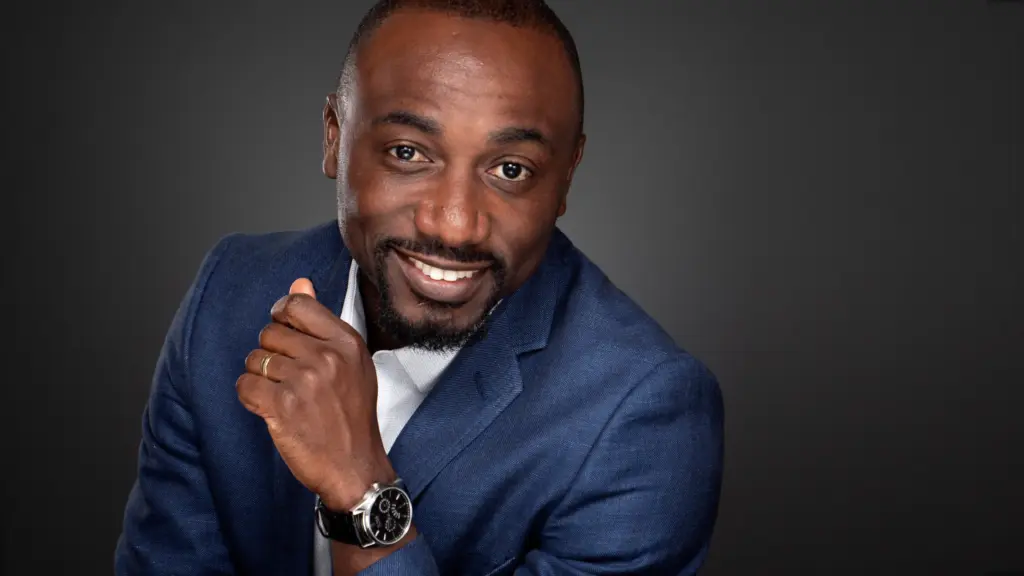
Q11. How are you liking your retired life? Anything exciting you’d like to share?
Ans: At the ripe old age of 71, I love being retired, and have several hobbies. I don’t take so many photos these days, but I do enjoy some street photography. Also, I’ve been experimenting with videography and have made a few documentary videos. The skills I learned as a professional portrait photographer have been most useful.
I love sport and play local league table tennis, I’m the secretary of my table tennis club and I’m a Level 1 coach. I also enjoy cycling with my friends in and around the villages of my hometown, Leighton Buzzard, UK.
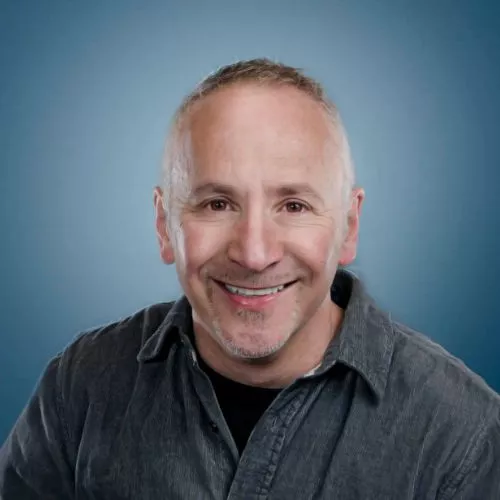
Hope you enjoyed reading about the amazing career of wedding and professional portrait photographer Bernie Raffe. Use the tips and tricks he revealed for upgrading your portrait photography skills and keeping the right attitude when it comes to your career.
Enjoyed reading this interview? Read more photography interviews here.
